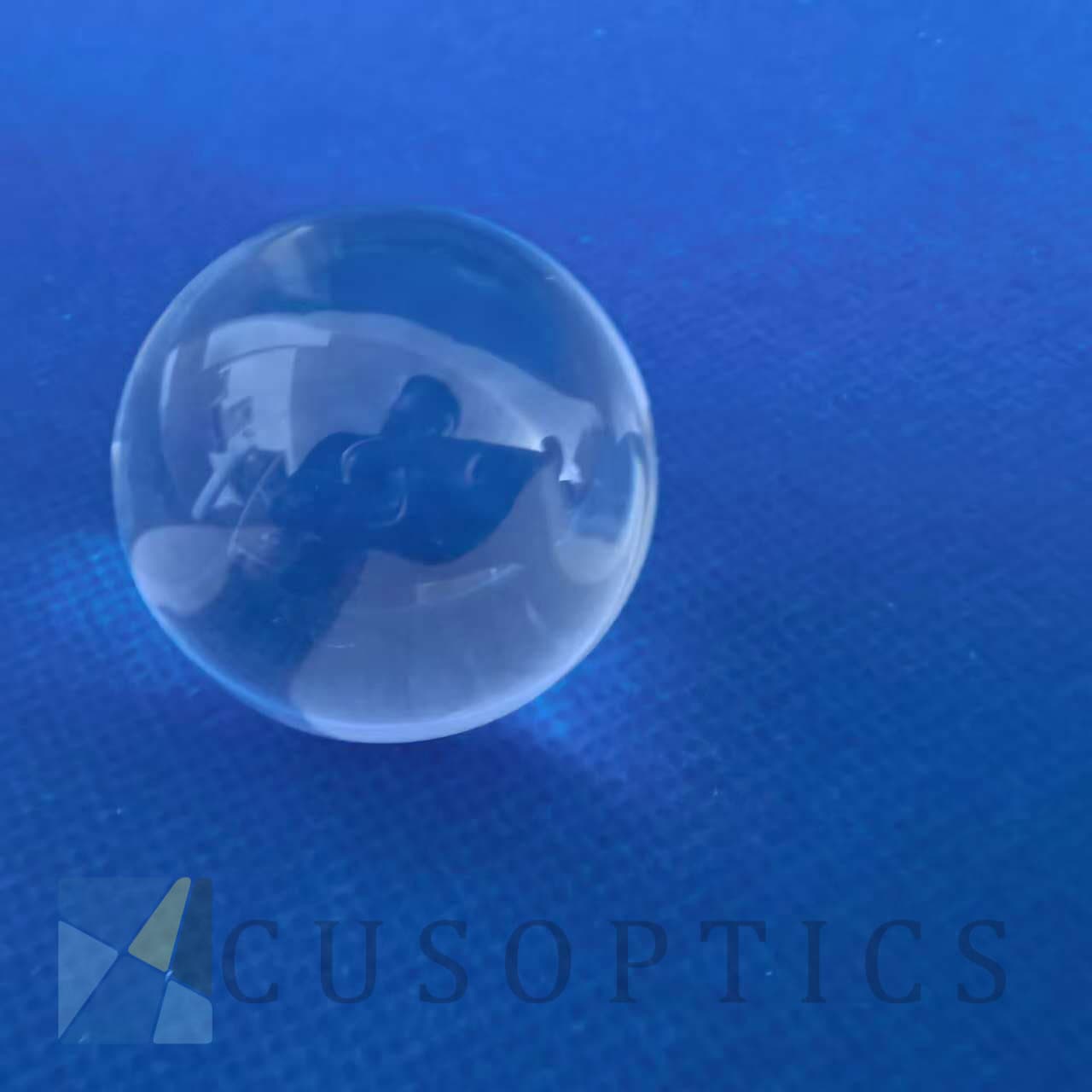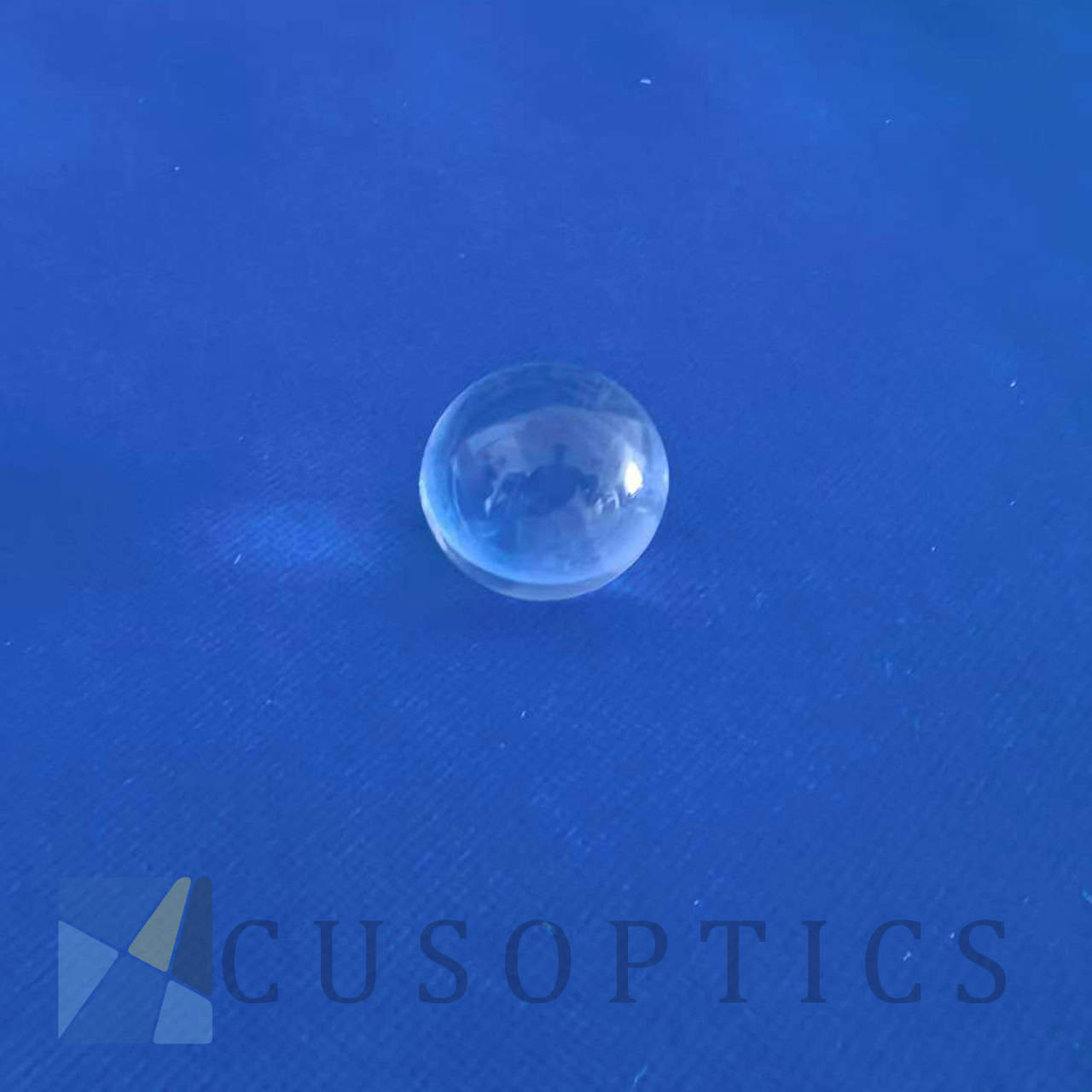Description

3mm to 30mm Quartz Balls
Quartz balls produced by our company are made of industrial fused quartz glass material. Mainly used in acid and alkali resistant environments. And not natural quartz crystal ball for handicrafts. We produce bulk quartz beads/balls using machines. Therefore, the cost is relatively lower compared to handicrafts crystal balls. The production of quartz glass balls goes through different steps. The general process is to select quartz rods, cut it into sections, machine it into round shape and polish it. The thickest can be selected for tolerance exclusion using a sieve. Finally, we can use a sieve to exclude and select qualified balls.
The main characteristics of quartz glass
- Heat resistance
The softening point of quartz glass is 1730 ℃. It can be used for a long time below 1100 ℃, and the temperature for short time use is up to 1450 ℃.
- Light transmission
Quartz glass has good light transmittance in the entire optical spectrum from ultraviolet to infrared, and the visible light transmittance is more than 93%, especially in the ultraviolet spectral region, the maximum transmittance can reach more than 80%.
- Electrical insulation
The electrical resistance of quartz glass is equivalent to 10,000 times that of ordinary glass.
- Chemical stability
Quartz glass almost don’t react chemically with other acid-base substances except hydrofluoric acid.
- Thermal stability
Quartz glass has low expansion coefficient, and it can withstand drastic temperature changes.
- Hardness characteristics
With the hardness of Mohs level 7, the mechanical properties of quartz glass are better than hard glass and ceramics, and the strength of quartz glass improves with the increase of temperature, reaching its maximum when approaching the annealing temperature.







